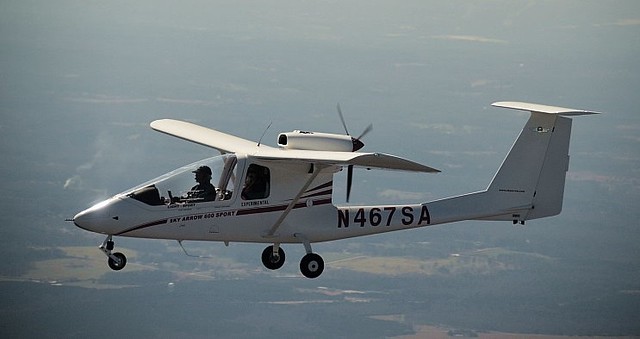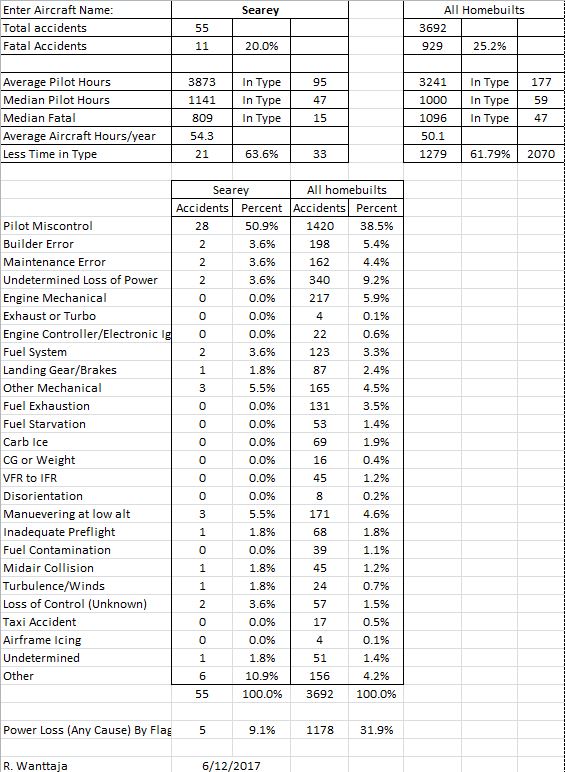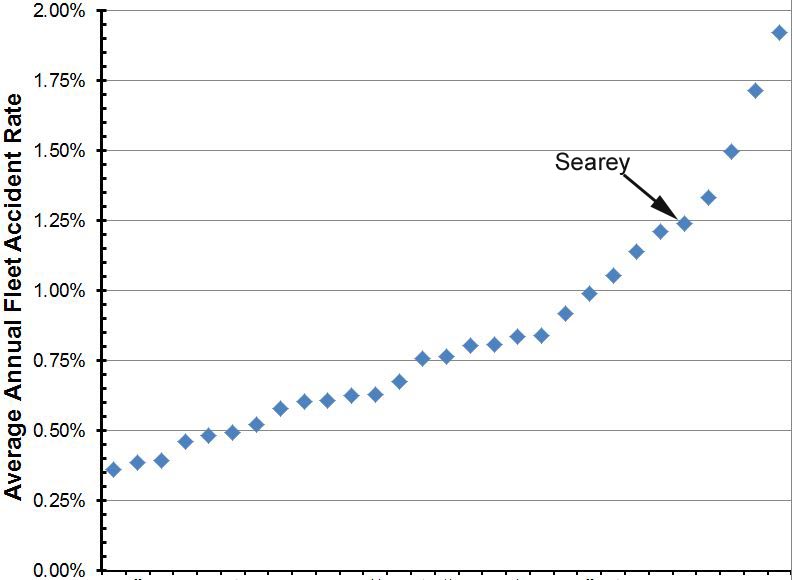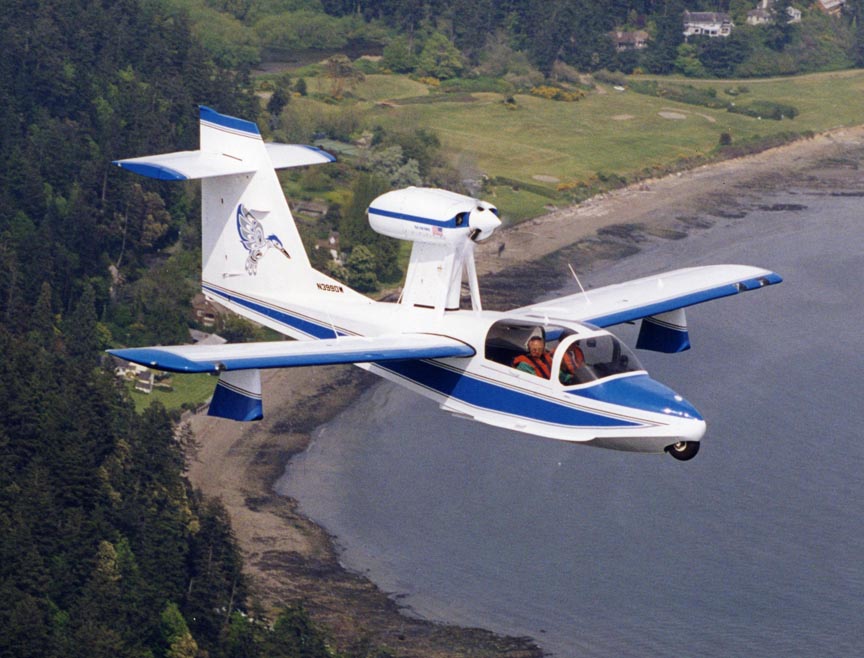N659HB
En-Route
Just wondering if any new details have emerged.
IIRC, there was conjecture about the plane striking power lines in that canyon. The NTSB preliminary info was discussed in the original thread, so that's not news. Guess we'll have details in a couple of years.
Meantime, I've been watching Searey videos on YouTube. Seems the pilots who fly these amphibs like to play close to the water, and the videos look a lot like Icon's advertising.
Actually, it looks like fun. But you'd better be on top of the SA. Just sayin'...
I am very interested in Seareys and hope to fly one soon thanks to a connection I made via @flyingron. Thanks Ron!! If you want a quick light hearted read on Seareys, I suggest picking up "Travels with Puff" by Richard Bach.
Yup. Read it. Bach is one of my favorite authors.
Wow! I haven't read Richard Bach since I was a kid. As a child, my aunt would read Jonathan Livingston Seagull to my brothers and me before bed. I wonder which one of them ended up with the copy she gave us.
Now that I'm flying, maybe I should pick up some of his books again.
Sorry for the thread hijack.
I am very interested in Seareys and hope to fly one soon thanks to a connection I made via @flyingron. Thanks Ron!! If you want a quick light hearted read on Seareys, I suggest picking up "Travels with Puff" by Richard Bach.
Flew an underpowered plane up essentially a box canyon.
Bach had a very serious accident in 2012 when he hit power lines on San Juan Island in his Searey, Puff.
He wrote the missing fourth part of Jonathan Livingston Seagull during his long convalescence from brain and spinal injuries.
He had his Searey shipped back to Florida to be rebuilt and resumed flying it again about two years after the accident.
Same HP as the Cessna 150, 90 pounds (~6%) lighter at gross, with less-efficient pusher configuration. Drag might be a wash...Icon is strutless and retractable gear, but has the amphibious hull and sponsons.100 hp is Light Sport planes results in pretty good power-to-weight ratios. I know the Icon got a gross weight increase, but 100 hp should still result in decent performance.
No reason to expect much better performance than a 150.
Ron Wanttaja
One can do aerobatics in an F-150, too, but they're limited to loops, rolls, and sqrt(2*height/G).One can do aerobatics in some versions of the 150

If you come up to fly in Shannon's, drop by to see us. She can point you int he right direction.I am very interested in Seareys and hope to fly one soon thanks to a connection I made via @flyingron. Thanks Ron!! If you want a quick light hearted read on Seareys, I suggest picking up "Travels with Puff" by Richard Bach.
If you come up to fly in Shannon's, drop by to see us. She can point you int he right direction.
Just curious, what makes a pusher configuration less efficient?...less-efficient pusher configuration....
Just curious, what makes a pusher configuration less efficient?

100 hp is Light Sport planes results in pretty good power-to-weight ratios. I know the Icon got a gross weight increase, but 100 hp should still result in decent performance.
Quite.No reason to expect much better performance than a 150.
Here's the raw output from my database, comparing the Searey to the overall homebuilt fleet. My apologies for the JPEG, haven't figured out how to build tables here.BTW, since you showed up in the thread, do you have stats for SeaRey in comparison to the overall fleet? They seem to find interesting ways to crash (such as a structural failure for no reason), but knowing how powerful a selection bias can be, I'm not ready to consider them particularly unsafe.


Thanks a lot! Looks like it's not that bad - you run a higher risk, but then when you plop it, you just splash (lower fatal ratio). In the accident where the strut gave way, one wing essentially folded. You'd be dead in a Cub, but IIRC SeaRey occupants swam to the shore.Here's the raw output from my database, comparing the Searey to the overall homebuilt fleet. My apologies for the JPEG, haven't figured out how to build tables here.
Does the flow of air onto aircraft structure not matter?I love my Sky Arrow, but consider how the flow of air to the prop is compromised by the pusher configuration:

Compare that to the undisturbed air to the prop that a conventional setup allows.
Certainly it matters, but don't forget...the propeller is an airfoil. The airfoil works a lot better if the air is undisturbed, while the aircraft structure doesn't care as much.Does does the flow of air onto aircraft structure not matter?

Thanks for the explanation!Certainly it matters, but don't forget...the propeller is an airfoil. The airfoil works a lot better if the air is undisturbed, while the aircraft structure doesn't care as much.
As the prop rotates, its thrust will vary every time a blade passes aft of the wing, engine-mounting pylon, or fuselage. That's not good, either. The aircraft structure behind a tractor prop will see a continuous flow, and, again, doesn't care as much.
Tractor layout avoids all these problems....

Ron Wanttaja
Certainly it matters, but don't forget...the propeller is an airfoil. The airfoil works a lot better if the air is undisturbed, while the aircraft structure doesn't care as much.
As the prop rotates, its thrust will vary every time a blade passes aft of the wing, engine-mounting pylon, or fuselage. That's not good, either. The aircraft structure behind a tractor prop will see a continuous flow, and, again, doesn't care as much.
Tractor layout avoids all these problems....
But it's not all negative. In a pusher the pilot's view is totally unencumbered by a prop. Prop strikes and abrasion from gravel are virtually eliminated.
Just stick a turbine on it. Problem solved!


Not so fast. That's what Beech tried to do with the Starship. In fact they thought it was such a good idea they doubled down on that bet and put two oil burning pushers on it.
Didn't work out so well...

Piaggio had a considerably greater success with their twin pusher turboprop, but even their design struggles in the market.There is a LOT more to that story. Beech didn't do much right.
The comment wasn't mine, but I see three Searey structure-related accidents in my database."BTW, since you showed up in the thread, do you have stats for SeaRey in comparison to the overall fleet? They seem to find interesting ways to crash (such as a structural failure for no reason), but knowing how powerful a selection bias can be, I'm not ready to consider them particularly unsafe."
SeaReys crashing with "structural failures for no reason"? I'd be very interested in any evidence of that. As a long time SeaRey pilot and member of the independent SeaRey owner site I'm not aware of any such accidents. Specifics, please.
There is a LOT more to that story. Beech didn't do much right.
The airplane couldn't meet its design performance specifications. Scaled Composites shares part of that responsibility.
Beech's first mistake was thinking it could make a better twin turboprop when it already owned the market.

